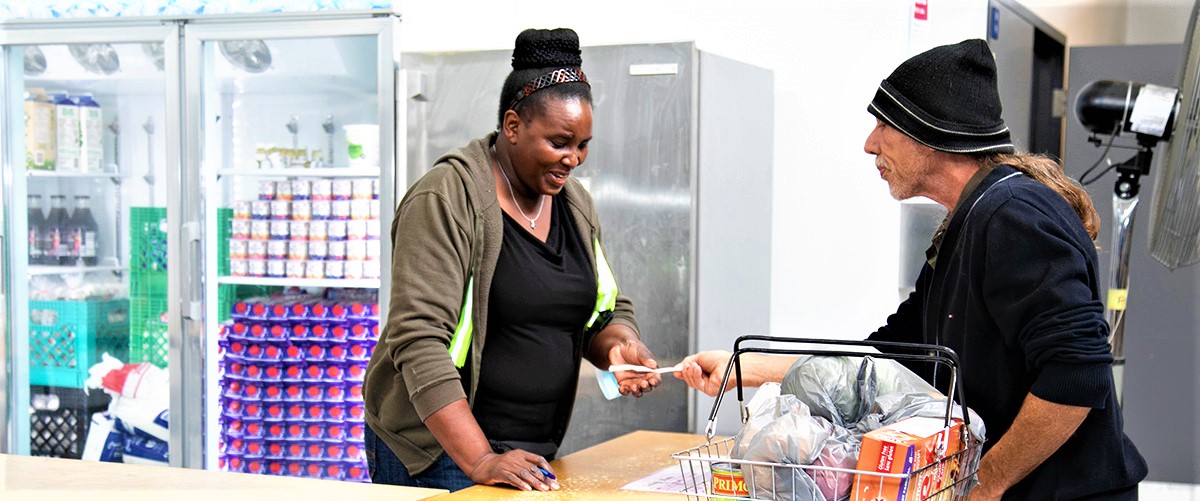
In partnership, Daily Bread Food Bank and North York Harvest Food Bank have released Who’s Hungry 2022 – a report profiling food insecurity, poverty and system strain in the City of Toronto.
This year’s report explores the ways in which we can achieve the Right to Food[1] and render food banks obsolete by addressing the systemic issues that trap people in poverty.
During the reporting period, a record 1.68 million food bank visits were recorded in Toronto, up 16% from the previous record of 1.45 million last year. Those numbers have continued to grow, and over the past twelve months, there have been 1.99 million visits.
With over two million visits to food banks projected by year-end, things are NOT okay in our city.
Record inflation rates, soaring rents for housing, combined with very low incomes that are not keeping pace with the rising cost of living are pushing people to food banks.
Some of the key findings of the report include:
Food banks are struggling to assist those falling between the cracks in this economy. More than 100,000 pounds of food go out daily to 200+ agencies across the city.
Yet, while the charitable sector works to meet the challenge of food insecurity, governments are the only ones who can stem the tide and ensure everyone’s right to good, nutritious food is realized.
The time to act is now.
Here are some steps you can take to advocate to end hunger:
1) Read the Who’s Hungry 2022 report to learn more about how we can take action to eliminate food insecurity and advocate for solutions to end poverty in Toronto.
2) Join us on Thursday, November 24, 7:00-8:30pm EST, for a webinar to explore the systemic issues perpetuating food insecurity, and the actions we can take to ensure the Right to Food for all. Register here!
3) Hunger is a direct result of poverty. You can help advocate for change by sending an email directly to your local elected officials asking them to commit to bolder action to reduce poverty in our communities. Click here to take action now!
4) Share key findings on social media and help raise awareness about the issues and policy recommendations. Download our Media Kit here. Be sure to tag @DailyBreadTO and use hashtag #WhosHungry2022
5) Watch and share our video to learn more about food insecurity and other actions you can take today to make an impact.
[1] Food Secure Canada. The Right to Food in Canada. 2013.